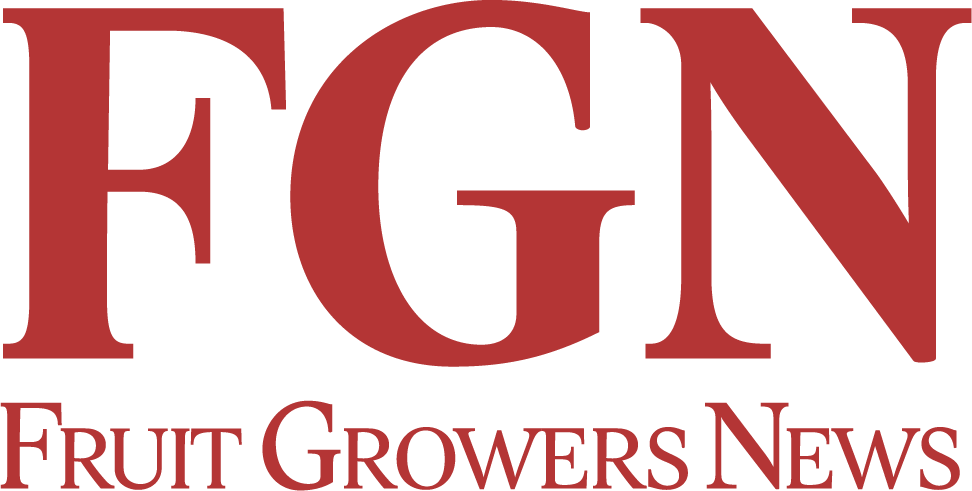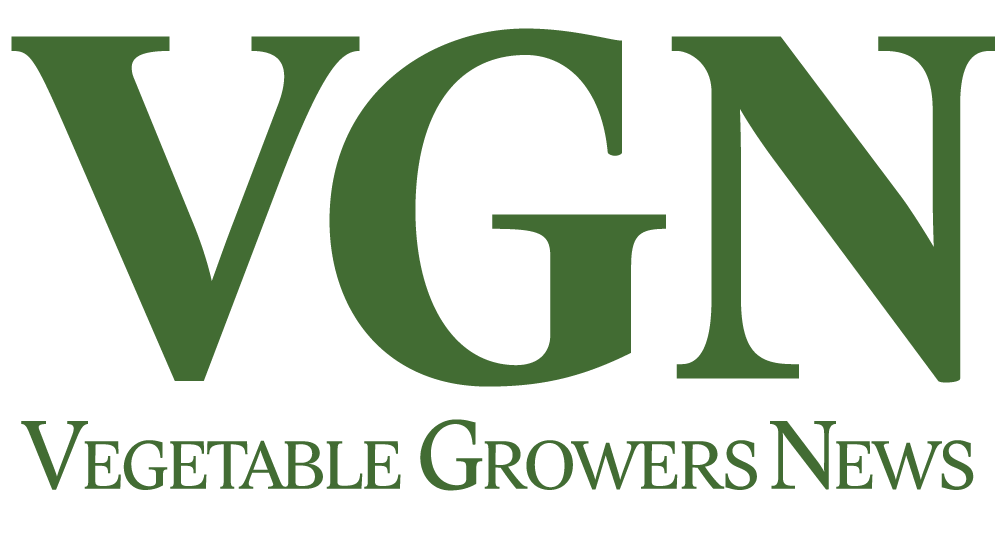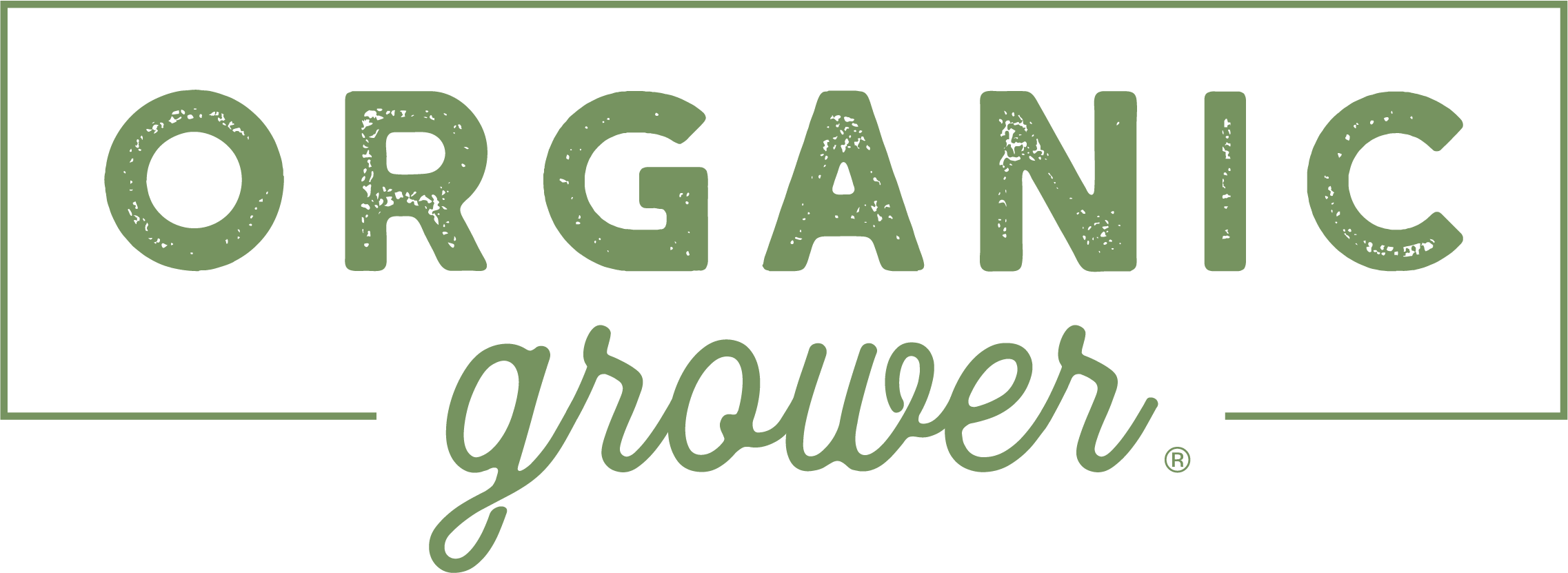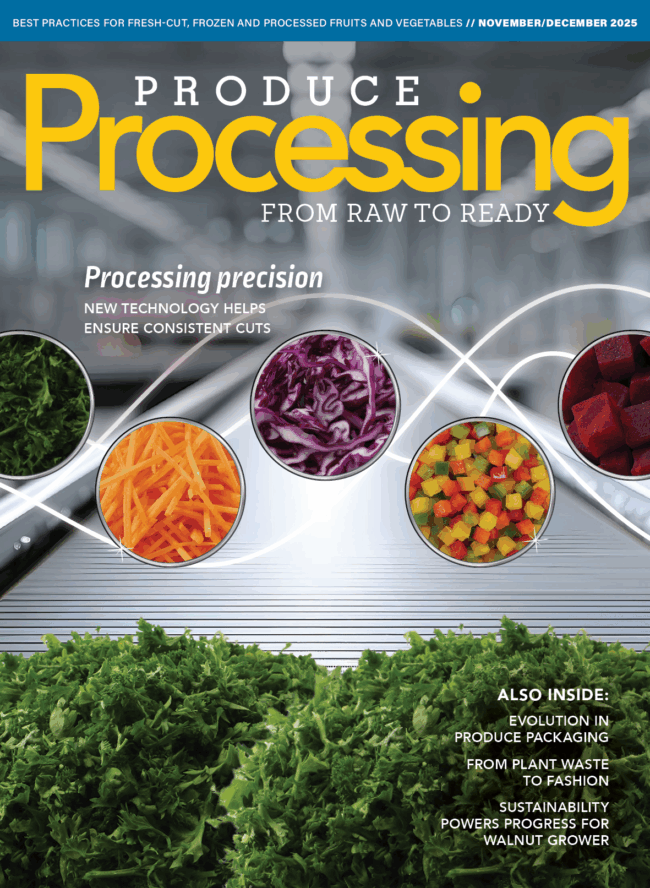Coalition works to increase PET thermoform acceptance and capture
PET, or polyethylene terephthalate, is a widely diffused polymer favored by the packaging industry for its versatility and recyclability. Thermoformed PET, used in the packaging of clamshells, boxes, trays, cartons and other rigid, non-bottle packaging, is created by heating a PET plastic sheet until it becomes pliable, then shaping and trimming it into the desired form.
Thermoforms provide a lightweight, sustainable way to protect and display products and can achieve high levels of recycled content in food-grade applications. But while PET thermoform packaging shares the same No. 1 resin identification code, found inside a familiar logo featuring a triangle of chasing arrows, as PET bottles, it presents additional recycling challenges.
Currently, only a fraction of the nearly 1.5 billion pounds of PET thermoforms generated annually in the U.S. gets recycled. Sorting thermoform packaging from PET bottles in commingled recycling bales leads to material loss during processing, resulting in a lack of end markets that can reclaim and reprocess thermoforms.
A nonprofit partnership has enlisted more than a dozen food service companies and processors to tackle those challenges by increasing thermoform acceptance, capture and quality. For more than a decade, The Recycling Partnership has worked to reduce waste throughout the value chain, and in 2022, its PET Recycling Coalition was formed to address specific pain points presented by the polymer.
“Think of berry containers or salad containers,” Katherine Huded, The Recycling Partnership’s executive director of material systems, told Produce Processing. “They’re used in toy packaging, cosmetics, clamshells, to-go containers when you get takeout food. You see them all over the place.
“But unlike a PET beverage bottle, only about 14% of PET thermoforms are currently getting recycled in the U.S., and this really ties back to those end market challenges.”
The Recycling Partnership’s PET Recycling Coalition has deployed more than $6.5 million in funding in a quest to achieve three identified objectives: support reclaimer capability and capacity expansion; build a design and demand network; and increase acceptance through community engagement.
“We know right now only about 30% of the reclaimers in North America for PET are equipped to take PET thermoforms and recycle that material,” Huded said. “We know that there needs to be improvements within their facilities to be able to capture more of this material, and we know that more of this material is coming because we’re seeing up to 15% of PET thermoforms in these PET commodity bales.”

ON-THE-GROUND EFFORTS
According to the National Association for PET Container Resources (NAPCOR), the weight of PET thermoforms collected annually for recycling in the U.S. and Canada increased 96% between 2016 and 2023.
NAPCOR is one of 14 partners and founding members of the PET Recycling Coalition, which is focused on achieving several lofty goals by making thermoform recycling more palatable to end users. The coalition has awarded grants to materials recovery facilities (MRF), secondary sorters, and reclaimers to improve capture and generate more PET material to sell to end markets as part of its ambition to increase PET material capture by 250 million pounds per year by 2027.
The coalition also supports innovations in thermoform-to- thermoform recycling, making these materials more valuable for MRFs to capture, in its push to achieve 60% access for PET thermoforms by 2025.
“PET thermoforms are well on their way,” Huded said. “We’re looking at anywhere between 50% and 60% acceptance across the country and working to move that needle pretty quickly.”
Real-world initiatives to help meet those benchmarks include funding for bottled water supplier IceRiver Sustainable Solutions in Ontario, Canada, which is expanding its facility to handle 30 million more pounds of commingled PET bales annually. In California, the coalition is supporting recycling company Valemi Inc.’s efforts to expand its Pico Rivera facility’s thermoform sorting capacity by 70%.
In Baldwin County, Alabama, a new MRF, backed by a coalition grant, is set to capture 1.3 million pounds of PET, including thermoforms, annually by separating PET from mixed plastic bales. In Mecklenburg County, North Carolina, a $25.7 million MRF retrofit supported by coalition funds will introduce thermoform PET recycling, as well as an educational campaign to ensure residents know what to recycle.
“Let’s say a resident puts all of their different recyclables — their paper, metal, plastic, maybe even glass — into their recycling bin and puts it out on the curb,” Huded said. “That gets picked up by a truck, and it gets dropped off at an MRF. Within an MRF, there’s people and also technology. That could be in the form of conveyor belts and robotics, sometimes optical sorters — equipment that’s trained to capture different material commodities.
“In the sense of PET, there are PET bottle bales, and there are also these PET commingled bales, where you find thermoforms commingled in with PET bottles. That’s where we see great opportunities for more of these thermoforms to get captured in the MRF and then delivered to an end market, a reclaimer, that’s prepared to recapture that thermoform material and turn it back into new products.”

MOTIVATION MOMENTUM
The impetus to smooth the path of PET recycling is only growing. In 2020, major North American fresh berry producers committed to a goal of using 100% recycle-ready packaging by this year, while seven U.S. states have enacted extended producer responsibility legislation requiring packaging producers to help fund the cost of managing packaging waste, including collecting, sorting, treating and recycling.
“In particular, California’s regulation has mandatory recycling rates of 30% for all single-use plastic packaging by 2028 and, ultimately, a 65% recycling rate by 2032, which is not that far away,” Huded said. “Not only do these packages need to be recyclable in order to make it through the system, but there has to be an end market to pull that all the way through the supply chain. So absolutely, (there is) increased appetite for this ability to take in this recycled content and really make it a circular economy.”
Processors who don’t meet the requirements could face fines or statewide bans of their products and packaging, Huded said.
“I think it really is going to be the impetus of these policy stakes that are going to drive rapid and significant investment,” she said. “The benefit of these seven policy states is that it’s going to bolster the end markets and the supply chain for the other 43.”
Other coalition founding members are: Eastman, Niagara Cares, Procter & Gamble, Coca-Cola, Danone North America, Indorama Ventures, the Kroger Co. Zero Hunger | Zero Waste Foundation, Plastic Ingenuity, American Beverage, APR, Closed Loop Partners, Foodservice Packaging Institute, and RRS.
“We’re excited to already have 14 companies supporting our work and hope to have many more to help drive this important work forward so we can meet those rates and dates on time,” Huded said. “It is very exciting work. It’s such a big challenge, but we have been able to prove that this can be successful and that we really can divert significant material from landfill and turn it back into new products. That is absolutely fulfilling.”










